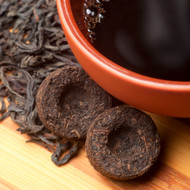The Allure of Pu-erh - Part 1
Posted by Selina Law on Jan 27th 2017
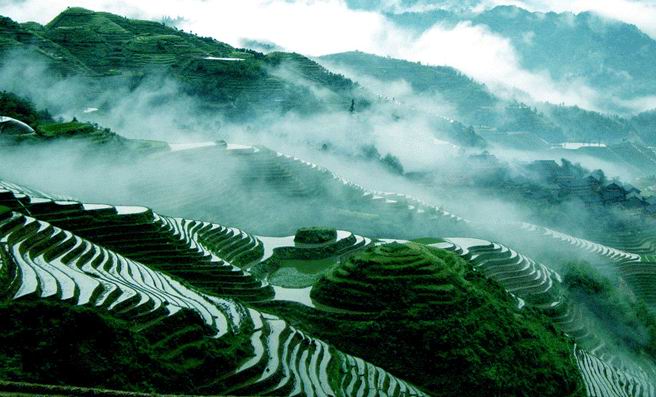
In November 2016 “Tea Bits” I wrote about the teas that are good for the cold weather and pu-erh tea is one of them. Though the history of pu-erh tea is more than a thousand years old, most people don’t know much about this unique tea. With its complex manufacturing process and numerous variations in its style and value, it is not surprising that pu-erh tea can be a mystery to many people.
For the next few months, we shall learn about pu-erh tea together. We shall look into its history, its processing methods, and its different styles. We shall unlock its mystery together in this series, “The Allure of Pu-erh."
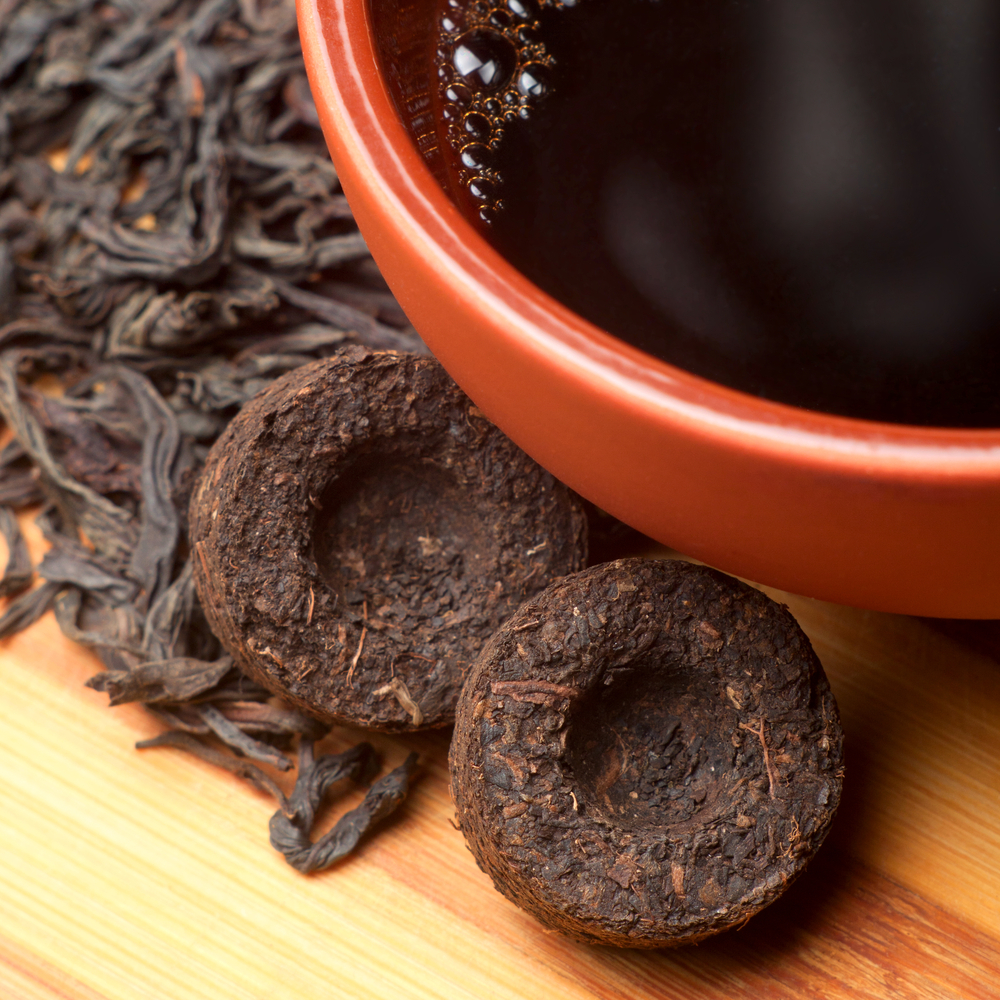
Well, let us start with the name of pu-erh tea. (The name pu-erh can also be written as puerh, pu’erh , or pu’er.) Pu-erh is actually the name of a city in the southern part of Yunnan Province in China. According to the Puerh Local Records, tea trees were already cultivated and grown in that region in the Eastern Han dynasty (25-220 A.D.). During the Song dynasty (960-1279), Puerh was a famous trading center for tea and horses. Tea producers from the whole area and surrounding hillsides traveled to Puerh to sell their teas or trade them for other goods. Over time, teas that were sold in Puerh became known as pu-erh teas.
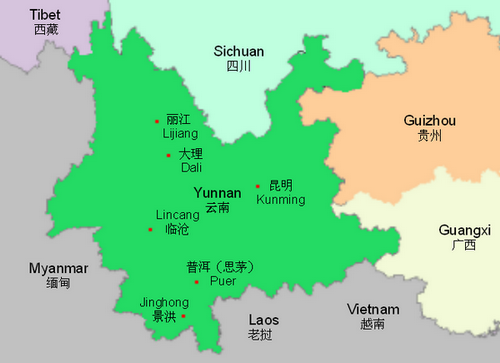
As the tea had grown famous, the local authorities increased their control over it. During the Wanli period (1573-1620), an official was put in place in Puerh to manage the tea trade. In the middle of the Qing dynasty (1644-1911), a government tea bureau was created requiring merchants to obtain a “tea permit” in order to engage in the tea trade. During the Qing dynasty, Pu-erh tea was also officially established as a palace tribute tea.
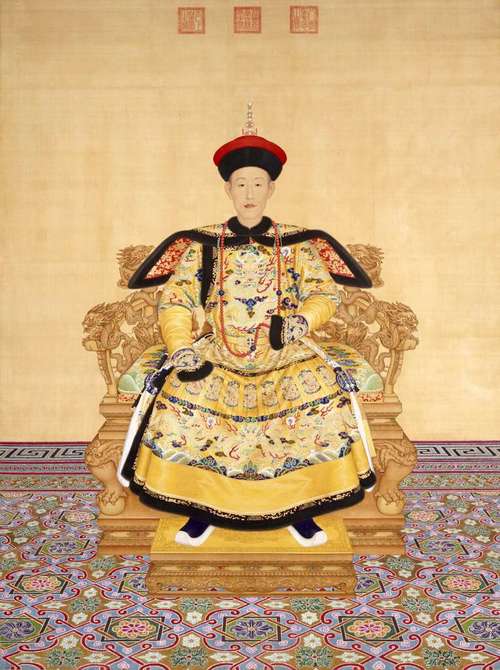
Qianlong Emperor (1736-96) once said, “During winter, drink Pu-erh; during summer, drink Longjing."

